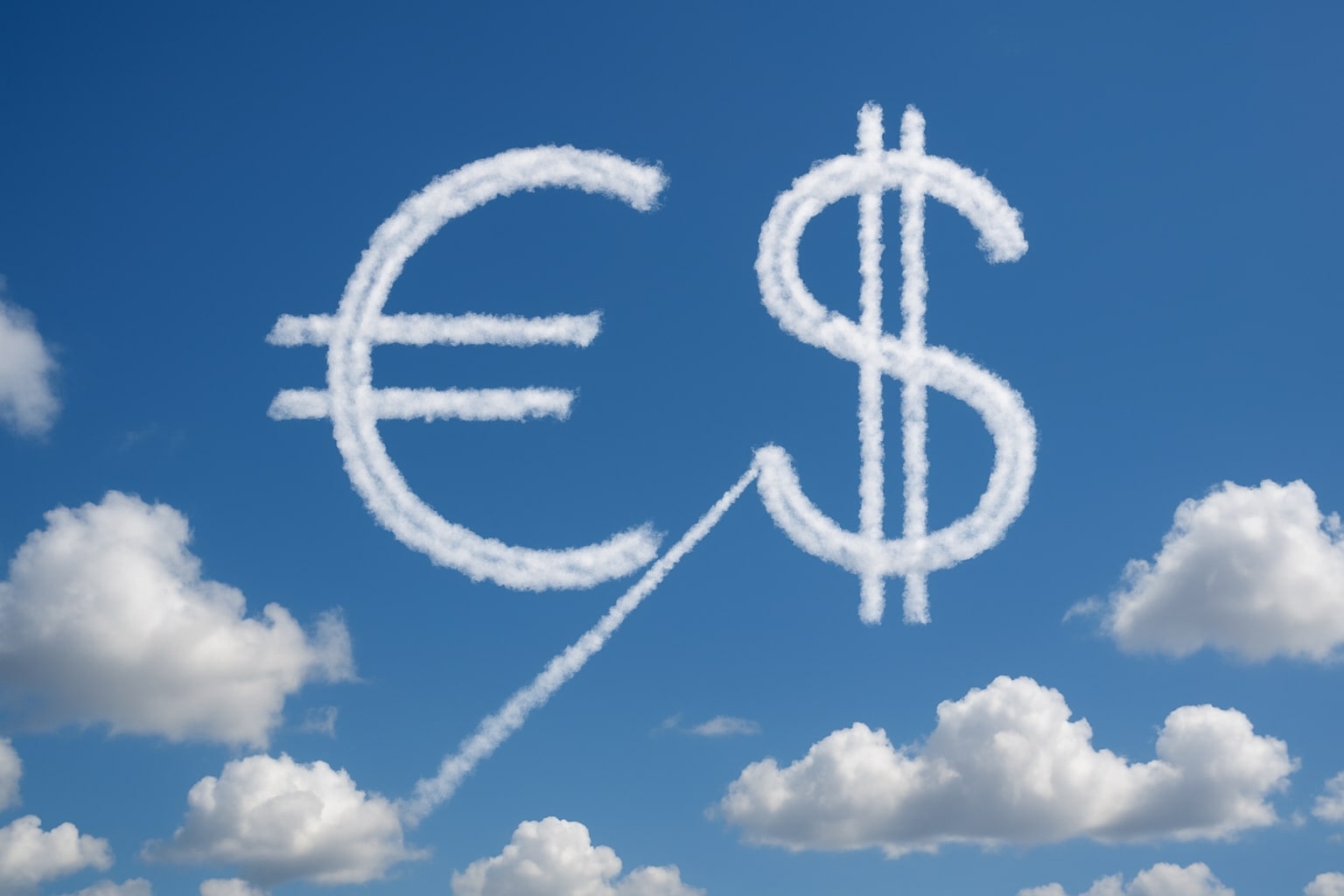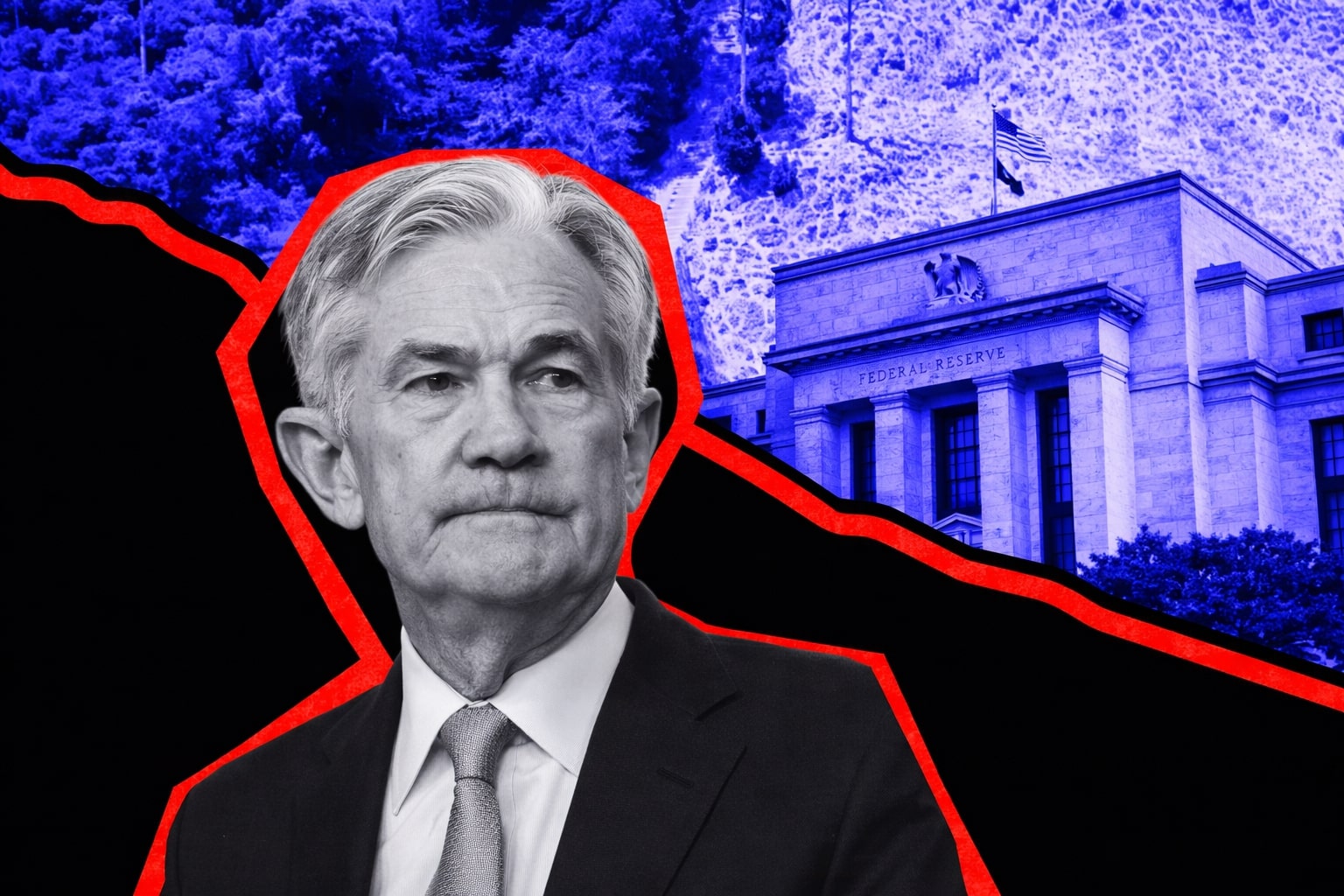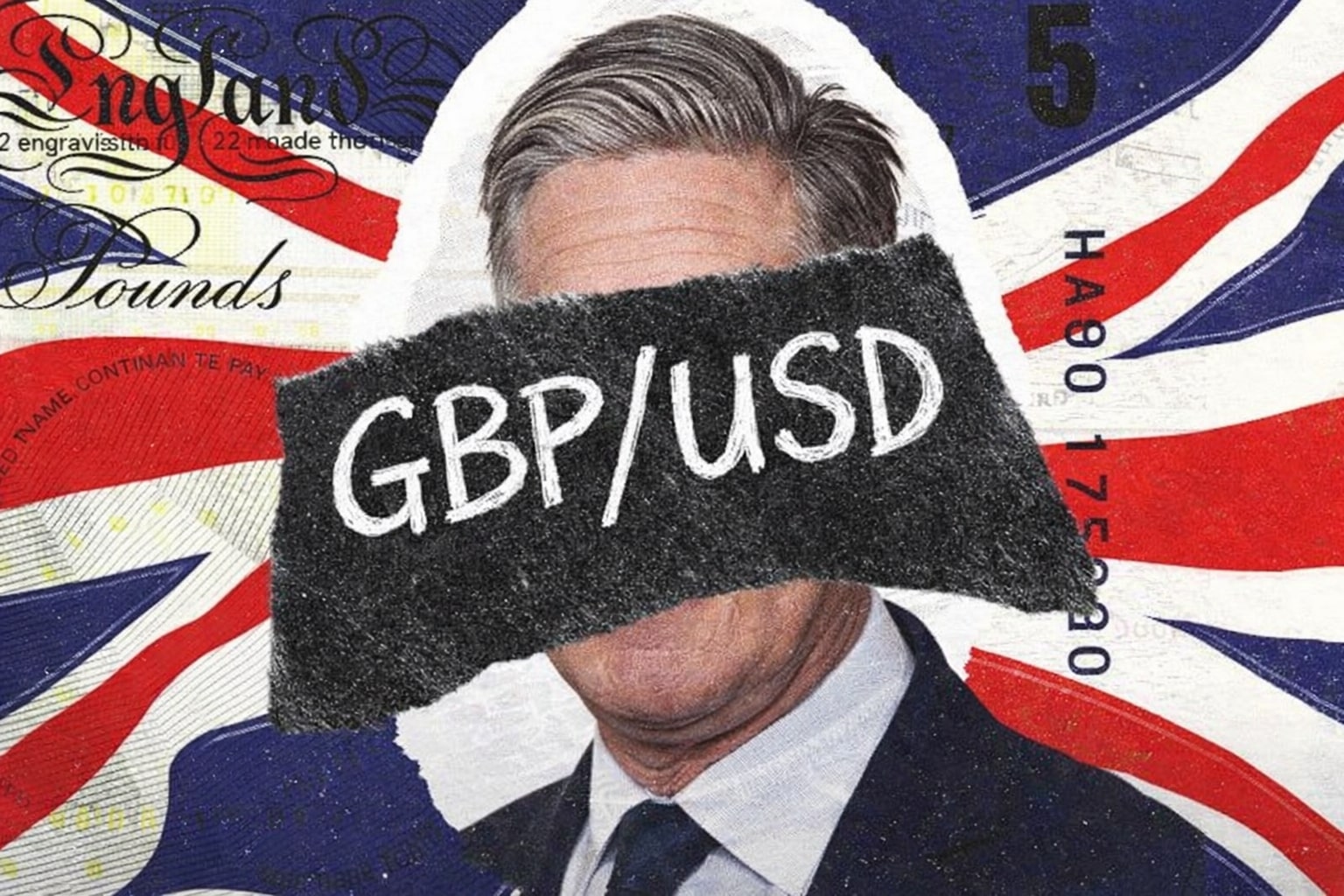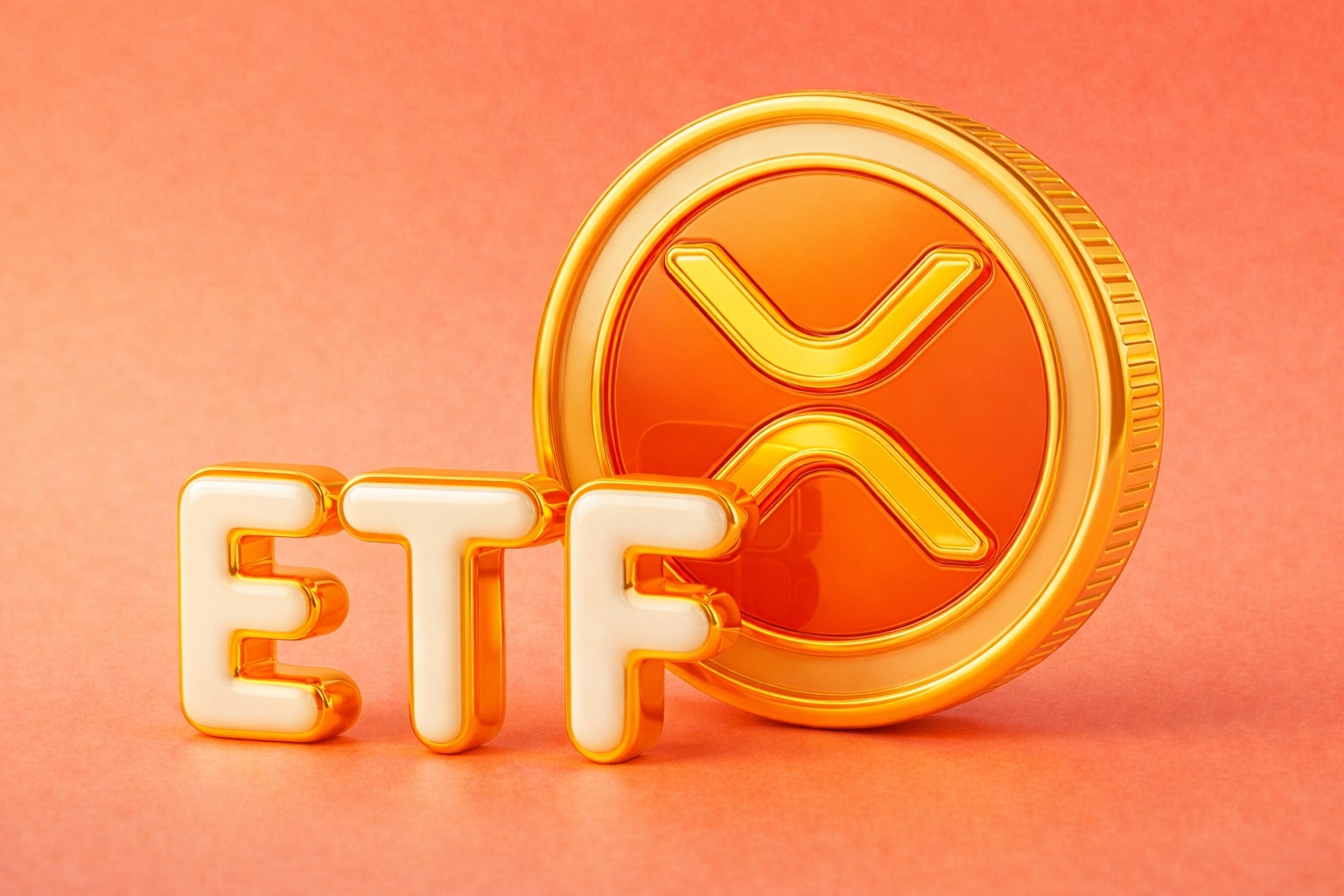EUR/USD Holds 1.0847 as Bulls Defend Short-Term Channel Support
The euro is trading at 1.0847 against the U.S. dollar, consolidating after last week’s rejection from the 1.0912 resistance zone. Despite a broad dollar repricing across global risk, the pair has managed to avoid a deeper breakdown, with buyers stepping in at the 1.0830–1.0840 shelf. That level acted as resistance throughout late June and now shifts to support after a July breakout attempt. The broader structure remains neutral to bullish, but momentum is stalling. The failure to hold above 1.0900 reinforces the near-term cap, and unless the euro can reclaim 1.0885 on a daily close, upside looks limited. However, the floor is firm. The 50-day EMA is climbing into 1.0829, and no hourly candle has closed below that level since the FOMC drift last Wednesday. A move below 1.0825 would invalidate the bullish structure and likely open a flush toward 1.0770. But as of now, the consolidation remains orderly, with no directional conviction from macro traders.
U.S. Yield Repricing and Eurozone Macro Divergence Drive Choppy Sentiment
The EUR/USD pair remains caught in a tug-of-war between weak European growth prints and a soft-landing narrative priced into U.S. markets. Last week’s Eurozone PMI came in at 48.6, signaling continued contraction in manufacturing and stagnation in services. Germany’s Ifo Business Climate fell to a three-month low, and wage growth across the bloc is slowing sharply, putting pressure on forward inflation expectations. In contrast, the U.S. economy continues to show resilience, with jobless claims holding below 230,000 and Q2 GDP tracking at 2.2% annualized. But the U.S. dollar has not rallied aggressively on the back of that strength. Why? Because U.S. yields are flat, and the real driver of the pair in July has been the two-year Treasury yield. After spiking above 4.85% earlier this month, it has dropped back toward 4.71%, easing dollar pressure. That repricing, combined with steady ECB guidance, has allowed EUR/USD to hold a bid despite poor EU macro data. The ECB remains data-dependent, but markets are now pricing less than one full cut by March 2026. The divergence is narrowing—and that's why the euro is holding its ground.
Technical Structure Holds Neutral With 1.0825 as Line in the Sand
Technically, the pair is building a short-term triangle between 1.0825 support and 1.0885 resistance. RSI on the daily chart is at 52, firmly mid-range, with no divergence or breakout signal. MACD is compressing at the zero line, suggesting a directional break is imminent, but not yet confirmed. On the 4-hour chart, EUR/USD has held the 100-period moving average for three sessions in a row, but failed to reclaim the 20-EMA — confirming a compression zone with no current edge for trend-following systems. The support shelf at 1.0825 is the decisive level for bulls. A clean break below opens the door toward 1.0770 and 1.0730, where prior demand zones from June are clustered. To the upside, 1.0885 is the ceiling that must be cleared to re-ignite the bullish momentum that began at the start of July. A break above 1.0912 reopens the path to 1.0965, the March swing high. But for now, the pair remains stuck in range and traders are positioning for a breakout in either direction — likely triggered by U.S. Core PCE data or a dovish turn in Powell’s next speech.
Inflation Risks and Fed Messaging Will Define Directional Breakout
The next macro catalysts for EUR/USD are anchored in inflation risk and policy tone. The U.S. Core PCE release is due Friday, with expectations pinned at 2.6% YoY. A miss would fuel rate-cut bets and weaken the dollar, especially with the Fed’s September meeting now showing only a 22% chance of a hike. Conversely, a beat above 2.7% would revive hawkish sentiment and pressure the euro sharply below the 1.0820 threshold. In Europe, inflation is trending lower, but sticky services prices in Spain and Germany are raising doubts about how aggressively the ECB can ease. Markets are still underpricing the possibility that the ECB holds rates steady well into 2026. That repricing potential supports EUR/USD on dips. The divergence narrative is gone — both central banks are now reactive, and it’s short-term inflation and yield spreads that will determine price direction. Real yields in the U.S. remain higher, but the spread versus bunds has narrowed from 192 bps in May to just 171 bps this week. If that compression continues, euro upside becomes sustainable. But a re-widening will kill bullish momentum fast.




















